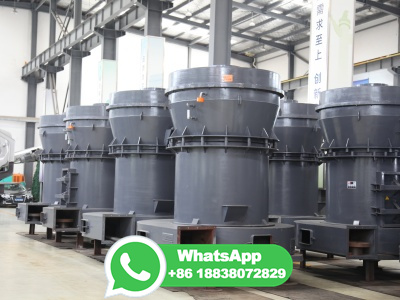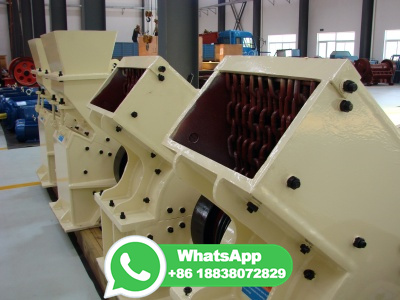(PDF) Characterization of DR Pellets for DRI Applications ResearchGate
Gangue in fed iron ore pellets can later be separated out as slag in a downstream EAF. However, as the capacity for efficient slag separation is more limited in an EAF compared to in the BFBOF ...


































